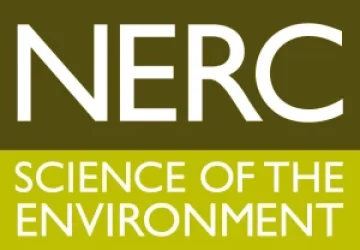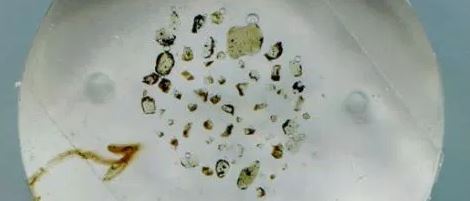By Lois Salem, 3rd year PhD
One of the most striking aspects of doing research in Earth Sciences is the creativity of methods used to discover things about the Earth. How do we learn about something that happened millions, or billions of years ago, or a process happening on a timescale of millions of years, or the building materials of the Earth hundreds of kilometres beneath our feet? These kinds of questions seem abstract and intangible at first, but Earth Scientists have found ways to comprehend these problems by thinking creatively about methods and proxies, using new techniques to learn about aspects of the Earth we can’t physically reach in time and space.
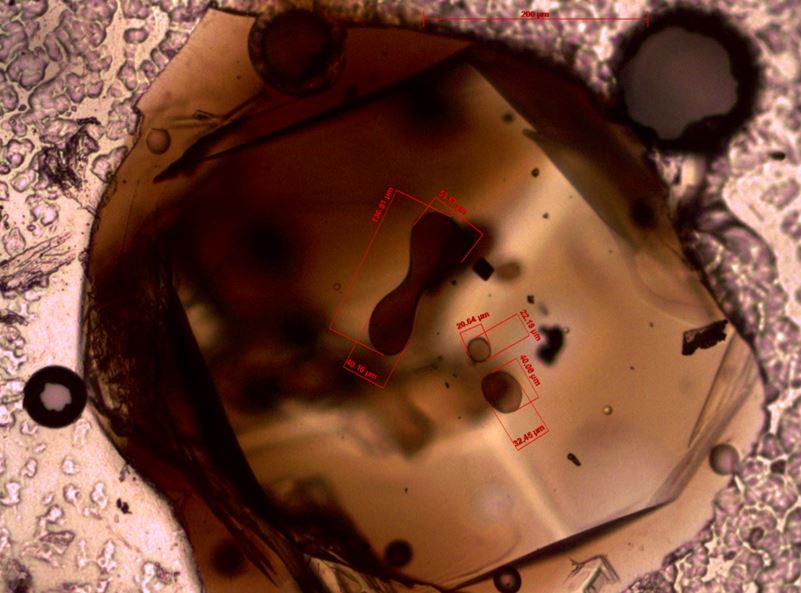
My particular exposure to this is my PhD research on how and why volcanoes erupt using the chemistry of melts originating in the mantle. To see the chemistry of the Earth hundreds of kilometres below the crust we need to think about which processes control the chemistry from general principles. How will different elements be fractionation, what are the thermal mechanics, how do elements diffuse or exsolve depending on pressure and temperature conditions? And, importantly, where might there be a record of these chemical changes? To the casual observer it might appear that we are crystal “ball” gazing. Except that we base our predictions on statistics and modelling, and fire ions and electrons at mm-scale basaltic olivine crystals to generate the horoscopes of our crystals.
In fact, we don’t just look at chemistry and diffusion in the-mm scale crystal itself, we look at micron-scale inclusions of glassy melt within the crystal structure which are trapped during the growth of the crystal. These periscopes into the crustal melt reservoir represent the composition of the melt from which the crystals grew and so tell us about the conditions of the reservoir prior to and during the eruption. The chemistry of this melt can then be used to model how and why the mantle melts beneath a volcanic system to supply crustal melt reservoirs with slowly cooling, crystal forming magma. Ultimately, by aligning the melt chemistry of an eruption with volcanic monitoring systems at the surface, we can deconvolve how mantle chemistry and melting conditions control the eruption styles and volcanic hazard we observe at the surface.
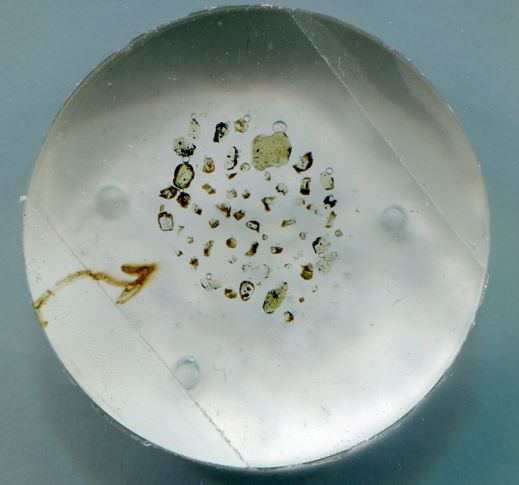
So, Earth Scientists have found a way to explain how the chemistry of the mantle controls volcanic hazards. Simple. I wish! But regardless of the nitty-gritty of actually measuring the chemistry and modelling the processes in the mantle and crust, the concept is pretty neat and enables us to ask a fairly abstract question about the mantle and volcanoes and answer it using logical arguments taken from current chemical principles. There we have it – the ability of Earth Scientists to answer intangible questions in a nutshell, well in an olivine crystal at least!
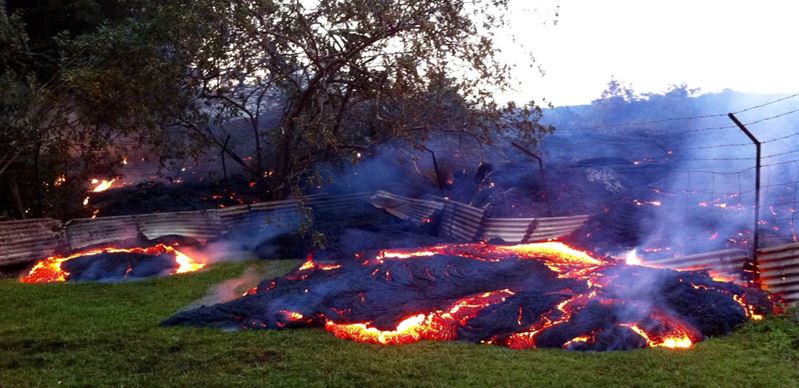
If you want to read about how we measure the ‘nitty-gritty’ see my blog post on the “Hawaiian Horoscope: readings from the ion probe.”

